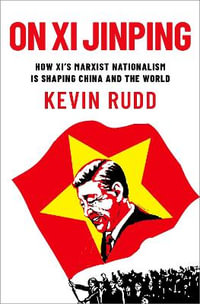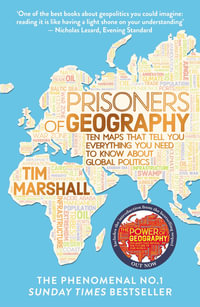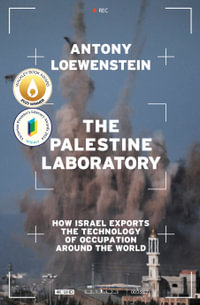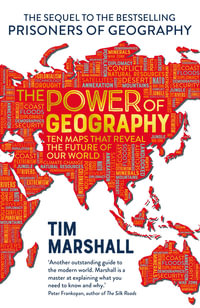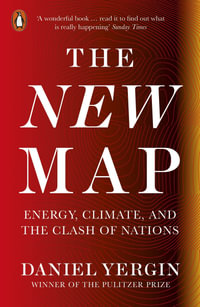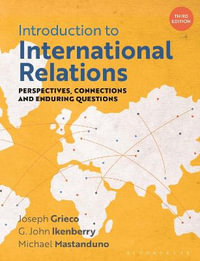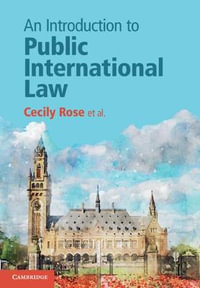| List of Tables | p. x |
| List of Figures | p. xi |
| Preface | p. xii |
| Introduction | p. 1 |
| The Debate over Peaceful Change | p. 4 |
| E.H. Carr and the debate between idealists and realists | p. 5 |
| Karl Deutsch and security communities | p. 7 |
| Heikki Patomaki and the republican approach | p. 9 |
| The Meaning of 'Peaceful Change' | p. 10 |
| Emergent Conflict and Conflict Transformation | p. 13 |
| Social Capacity and Social Context | p. 14 |
| Causes and Preventors of War | p. 15 |
| Conflict Prevention and Peace-building | p. 17 |
| Conclusion | p. 18 |
| A Theory of Emergent Conflict | p. 19 |
| Introduction | p. 19 |
| Lords of Milan | p. 20 |
| Theories of Conflict | p. 22 |
| The classical theorists | p. 22 |
| Conflict theorists | p. 26 |
| A Theory of Emergent Conflict | p. 32 |
| Evolutionary interpretation of conflict | p. 32 |
| A cognitive theory of goal formation | p. 46 |
| From conflict of interest to overt conflict | p. 56 |
| From conflict of interest to structural conflict | p. 61 |
| Cultural, identity and belief conflict | p. 63 |
| Conclusion | p. 65 |
| Co-operation and Conflict Transformation | p. 66 |
| Co-operation | p. 69 |
| Co-operation and co-ordination | p. 74 |
| Co-operation and public goods | p. 75 |
| Co-operation and specialization | p. 76 |
| Conflict Transformation | p. 77 |
| Conclusion | p. 81 |
| Co-operation under Externalities | p. 82 |
| Conflict and Context | p. 85 |
| How Contexts Shape Conflicts | p. 85 |
| Amplifying and Dampening Conflicts | p. 89 |
| Contextual Changes and Conflict Transformation | p. 91 |
| Preventors of War | p. 95 |
| Introduction | p. 95 |
| War Prevention in History | p. 96 |
| Violence and prevention in early human history | p. 98 |
| Bands | p. 98 |
| Tribes and chieftaincies | p. 99 |
| War prevention among early states | p. 100 |
| Wars and war prevention in classical China | p. 101 |
| Political unification in England and Japan | p. 103 |
| European wars and war prevention since Westphalia | p. 104 |
| The Rise of the 'Liberal Peace' | p. 106 |
| The role of regional organizations | p. 109 |
| The end of major power war? | p. 110 |
| Conclusion: Prevention of international wars | p. 110 |
| Structural Prevention of Civil Wars | p. 111 |
| Democracy and democratization | p. 113 |
| Development | p. 115 |
| Political stability and institutions | p. 116 |
| Institutions | p. 116 |
| Quality of governance | p. 117 |
| Human rights | p. 117 |
| Education | p. 118 |
| Conclusion: prevention of civil wars | p. 118 |
| Policy implications | p. 119 |
| Land Reforms and Peaceful Change | p. 121 |
| Introduction | p. 121 |
| The Origins of Inequality | p. 122 |
| Land Inequality and Conflict | p. 125 |
| Land Reforms | p. 129 |
| Peaceful Land Reforms | p. 134 |
| The Kerala Case | p. 138 |
| Conclusions | p. 143 |
| Emergent Conflict over Climate Change | p. 146 |
| Introduction | p. 146 |
| The Impact of Climate Change | p. 147 |
| Implications for Conflict | p. 148 |
| The North-South Conflict | p. 150 |
| Conflict Analysis of the Climate Negotiations | p. 154 |
| The Energy Question | p. 157 |
| The Post-Kyoto Negotiations | p. 159 |
| A Conflict Transformation Approach | p. 164 |
| Conclusion | p. 166 |
| Conclusions: Peaceful Change and Political Community | p. 168 |
| Conditions for Peaceful Change | p. 170 |
| Prevention of Wars | p. 173 |
| Notes | p. 175 |
| Bibliography | p. 182 |
| Index | p. 195 |
| Table of Contents provided by Ingram. All Rights Reserved. |


